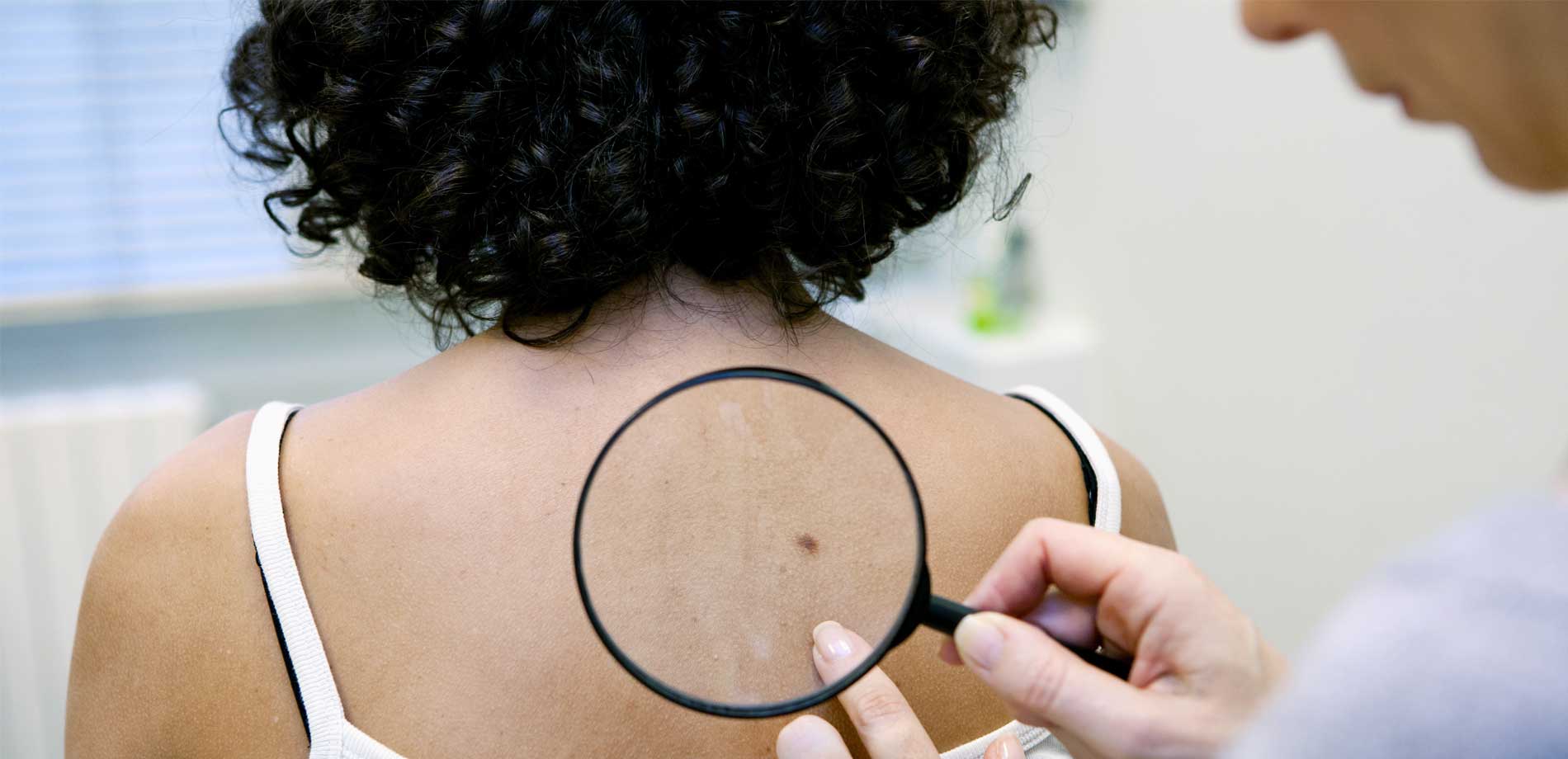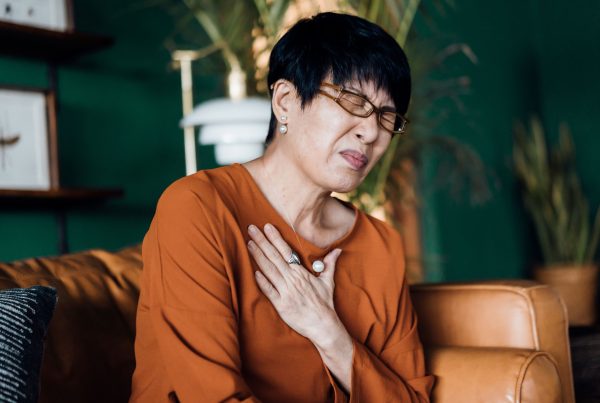With sunnier days finally here, it’s time to protect your skin from any potential skin damage, including melanoma.
It may surprise you to learn that skin cancer is by far the most common cancer in the United States. It’s true: One in five people will develop skin cancer in their lifetime.
Even though melanoma makes up about 1% of skin cancers, it accounts for the most deaths. MetroHealth dermatologists explain why we should protect our skin from the sun’s damaging UV rays.
Melanoma is a type of skin cancer that develops when melanocytes, cells that normally make melanin (which is what gives skin its color and protects the deeper layers of skin) begin growing out of control. It’s much less common than other types of skin cancer. But it’s the most dangerous and can be fatal.
Prevention and early treatment are key.
Melanoma can happen anywhere on your body. Common sites and risks are different for men, women, and people with lighter vs. darker skin.
Lighter-skinned men may get melanoma on their back or chest, and lighter-skinned women may see it on their legs. People with darker skin have a lower risk of melanoma overall. But people of color face a higher risk of life-threatening melanoma than people with fairer skin because it’s often found in the later stages of disease. Black people often have acral lentiginous melanoma (ALM), a type found on the palms, soles of the feet, or beneath the nails
Catching melanoma early increases your chances of long-term survival. To spot problems, check your skin from head to toe each month in front of a full-length mirror, even in areas with low sun exposure, such as your groin, buttocks, and bottoms of your feet. Use a handheld mirror to look at your back and top of your head. Also, look closely at the skin on your palms and around your mouth and nails.
A new spot or a spot on your skin that changes in color, shape, or size is the most common sign of melanoma. You might also develop an ugly duckling sign—a spot that looks different than other skin spots.
If you have these melanoma warning signs, schedule an appointment with your doctor or a dermatologist.
How To Protect Your Skin
Protecting your skin from harmful UV rays lowers your risk of melanoma and other skin cancers. Follow these tips when outdoors:
MetroHealth Dermatology
MetroHealth’s team of dermatologists offers state-of-the-art tools and training to diagnose and treat a variety of skin conditions and diseases.
To schedule an appointment, call 216-778-3376 (DERM).
Visit us online at: metrohealth.org/dermatology











